A Self-Guided Walking Tour of Budapest: Walking in My Late Partner’s Footsteps
Hey there! This post may contain affiliate links, which means I’ll receive a commission if you purchase through my link, at no extra cost to you. Please see my legal page for more details.
This self-guided walking tour of Budapest was designed by my fiancé. I walked in his footsteps just months after he died. It’s a beautiful tour and I highly recommend walking in his footsteps as I did.
When Jeff was 39, he took a trip with his family to Europe. It would turn out to be a once-in-a-lifetime trip for Jeff who, within one year of returning from Europe, would fall in love, get diagnosed with cancer, propose to me from his hospital bed, and die in that same bed not even four months later.
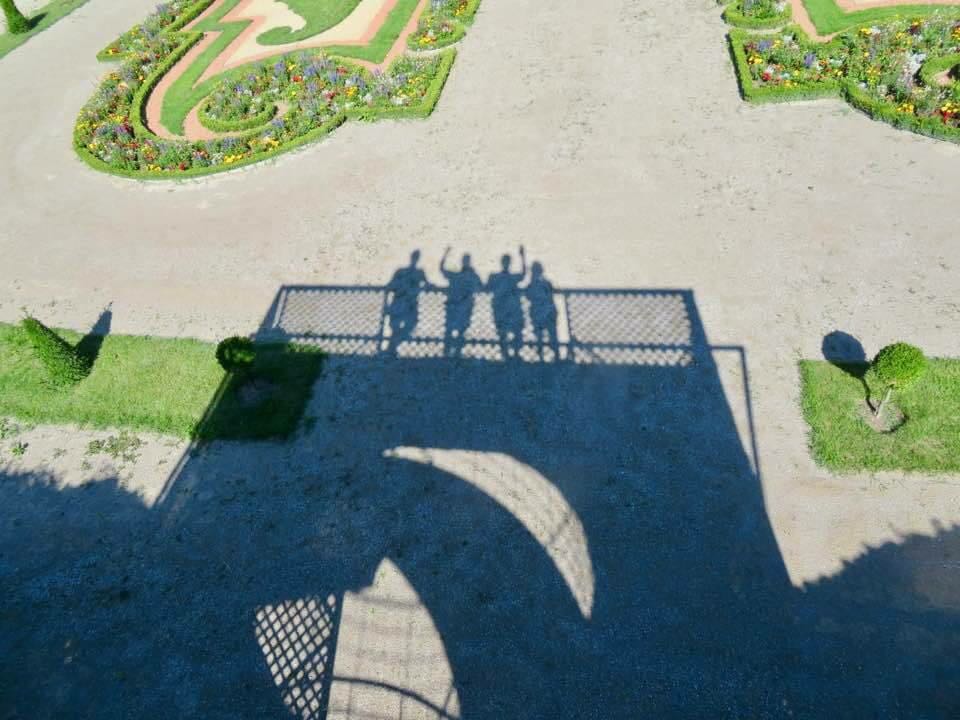
Jeff loved to walk and he loved history. And he was a very good planner. I hope you enjoy this self-guided walking tour of Budapest as much as I did!
Where to Stay for this Walking Tour of Budapest
I stayed near Fisherman’s Bastion on the Buda side of the river just across from the Hungarian Parliament building.
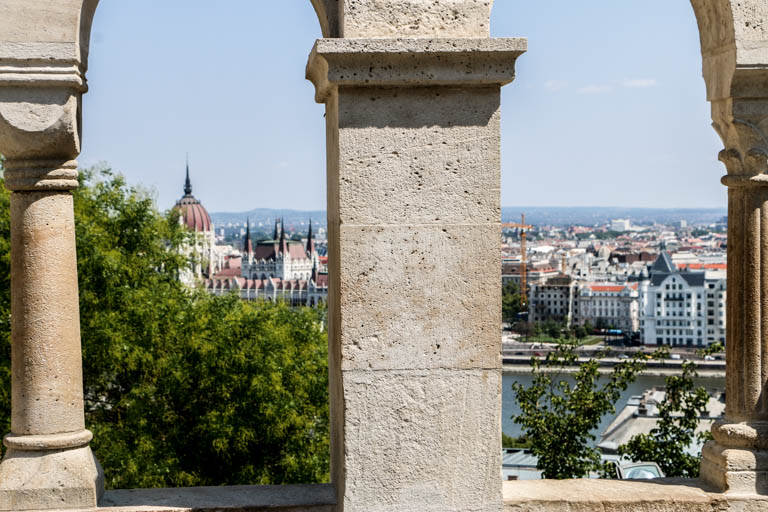
It made for a cost-effective and easy jumping-off point for every location on this walking tour of Budapest. I walked everywhere except to the Children’s Railway.
First Stop on Jeff’s Tour: Buda Castle & the Hospital in the Rock
One of my favorite subjects to read, write and learn about is WWII, so I was delighted that so much of what Jeff saw in Budapest involved exploring WWII sites. I was especially excited about the Hospital in the Rock.

Beneath the beautiful Buda Castle, there is a labyrinthine of limestone caves, carved from the same hot water of the thermal baths and spas that make Budapest famous. Used since Medieval times for various reasons, these caves have hidden riches from tax collectors and, in WWII, they hid a full-blown hospital underground.
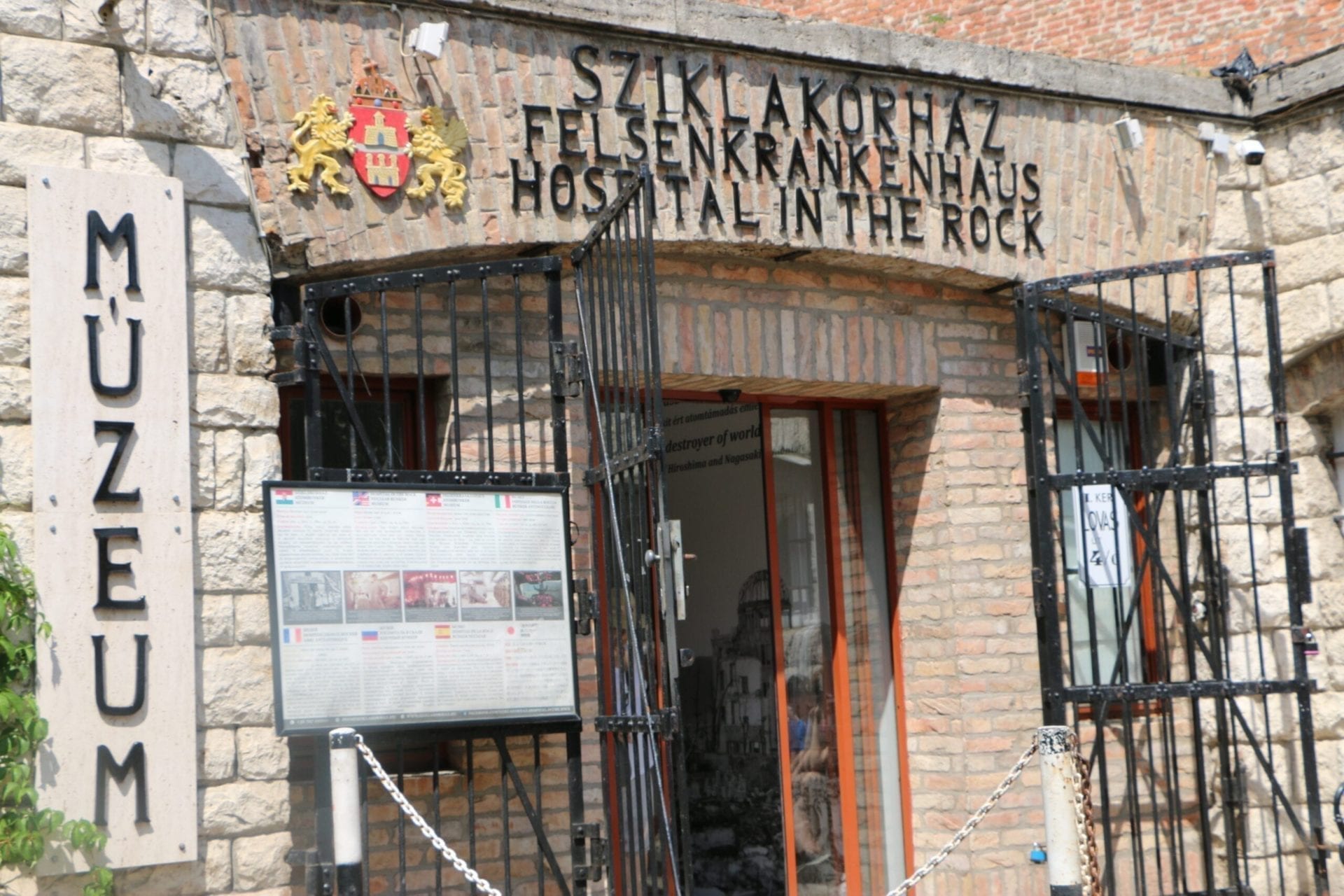
During the Cold War, the cave was converted into a secret nuclear bunker and, because of this, the museum now hosts an exhibition about the aftermath of the nuclear bombs that the United States detonated over Hiroshima and Nagasaki, bringing a bloody end to a bloody world war.
One of the stories from the aftermath was that of “Saduko and the 1,000 Paper Cranes,” which has a personal story for me.
Inspired by a Japanese legend that says that anyone who folds 1,000 origami cranes will receive a special wish from the gods, 12-year-old Saduko set out to fold her cranes when she was diagnosed with Leukemia 10 years after the bomb “Little Boy” was detonated near her home in Hiroshima.
Though Saduko never finished her cranes, her friends and family finished them for her and she was buried with her 1,000 cranes. She and her cranes inspired a short book, and paper cranes are a symbol for people with cancer.
For Jeff, they were a symbol of hope and love when friends from all over the United States sent him thousands of cranes when he got sick.
For the Hospital in the Rock, the cranes are a symbol of peace. It was surreal to hear Saduko’s familiar story in that hospital far under the ground, and it was moving to walk under the same ceiling full of cranes that Jeff would have walked under just one year before his death.
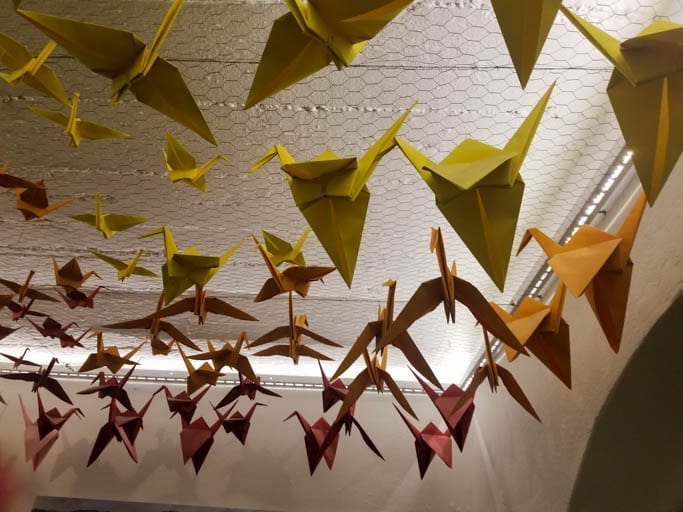
Pro tip: Bring a sweater. It’s cold in the underground caverns. Coats are provided by the Hospital in the Rock staff if you need extra layers.
Second Stop on this Walking Tour of Budapest: A Climb up Gellért Hill
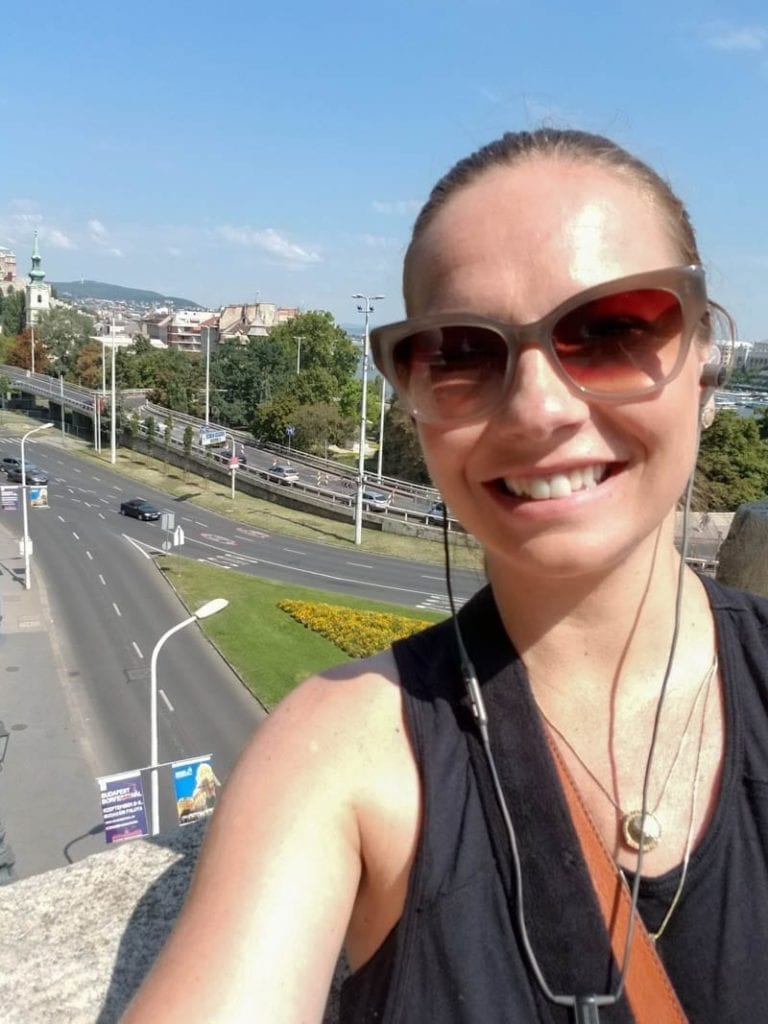
One of the travel lessons that I learned from following in Jeff’s footsteps across Europe is to climb somewhere high early in the trip. A view from high above allows you to orient yourself to a new place. (I clearly hadn’t yet learned how to take a good selfie, though!)
In Budapest, a view from up high means a climb up Gellért Hill.
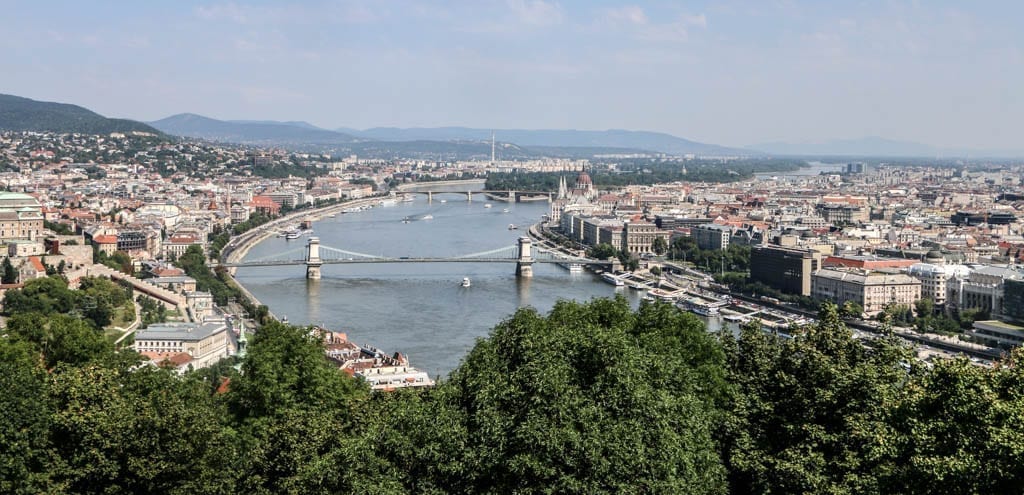
It’s a perfect way to get to know Buda and Pest, which were two separate cities until 1873. Separated by the Danube River, they remain separate in their character and atmosphere. Buda is residential and marked with rolling hills, churches, and quiet beauty. Pest is where people work and play. It is a bit grittier and boasts the famous Ruin Bars.
Gellért Hill is named after Saint Gerard of Csanád who, as legend has it, was placed in a spiked barrel and rolled to the bottom of the hill to his death during the Pagan Uprising in 1046.
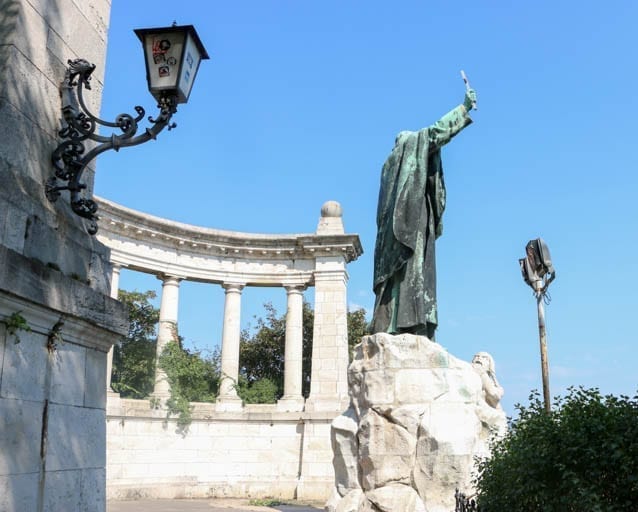
At the top of the hill, Hungary’s Liberty Monument towers above Budapest from her spot as part of the city skyline. When first erected in 1947, she was called Liberation Monument and dedicated to the Soviet heroes who liberated the city from Nazi Rule.
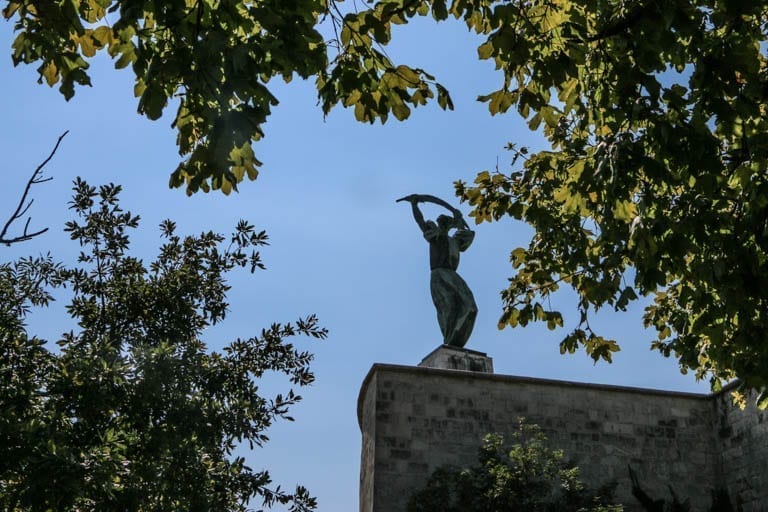
Following the revolution of 1956 and the fall of communism in Hungary in 1989, sentiments changed toward the Soviets. The monument was subtly renamed the Liberty Monument and the inscription adjusted to commemorate all those who sacrificed their lives for the freedom of Hungary.
Third Stop: Shoes on the Danube
Jeff’s walking tour of Budapest now takes us to one of the most moving memorials I’ve witnessed: the Shoes on the Danube.
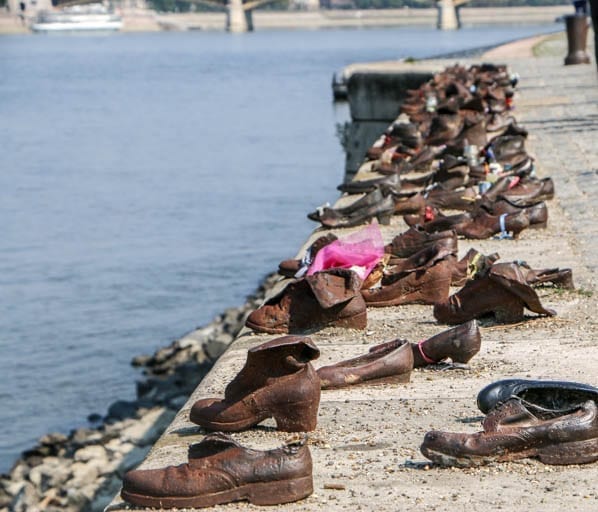
I returned to the Shoes on the Danube memorial three times during my five days in Budapest. I’ve seen many memorials throughout Europe dedicated to the senseless slaughter that took place during WWII, but this one really moved me.
Its location on the banks of the Danube is not only a beautiful place to contemplate, but symbolic in that this view of the river was the last view that many Jews in Hungary saw as the ruling Arrow Cross Party routinely rounded up people from the nearby Ghetto, lined them up, faced them toward the water, and shot them.
The shoes themselves are the “soles” of men, women, children, businesspeople and Jews. A symbolic representation in iron of the fact that nobody was safe.
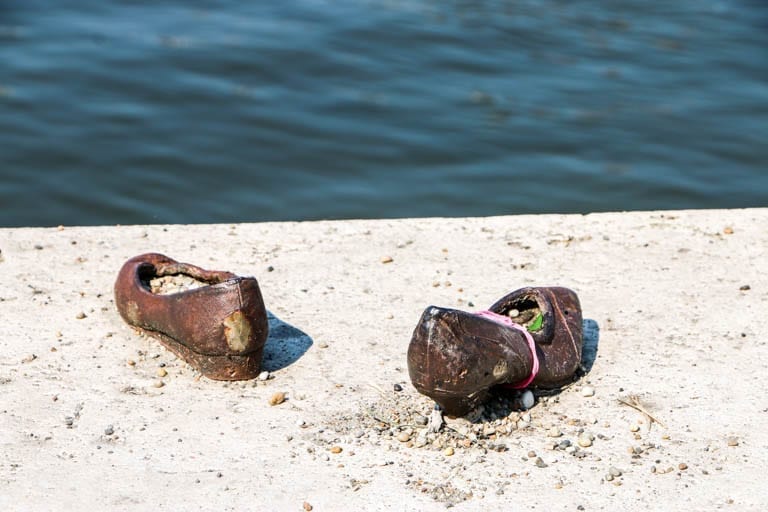
Finally, the fact that Hungary acknowledges here that it wasn’t just the Nazis that committed mass atrocities is touching in its honesty.
Hungary fought with the Axis Powers and alongside German soldiers for much of WWII. Though the atrocities along the Danube, the building of hasty ghettos, and the mass deportations began only after the German occupation of Hungary in April 1944, it was all with the support of the Arrow Cross Party, a Hungarian political organization.
The Shoes on the Danube serve as a frank apology to those who lost their lives here.
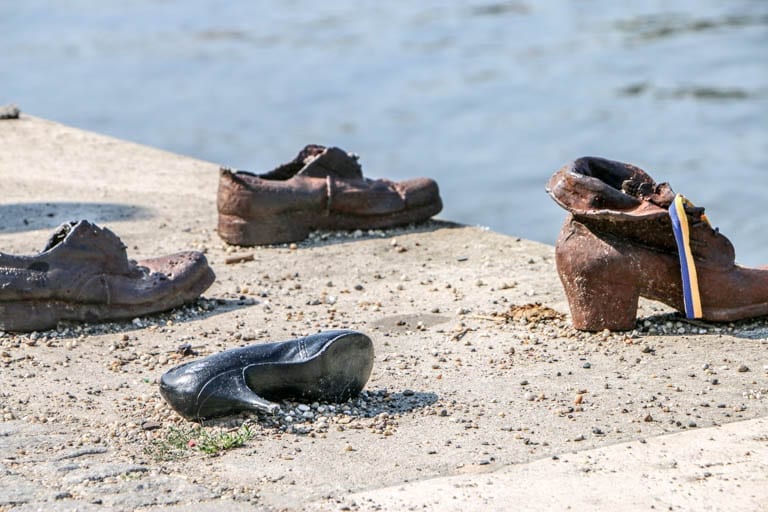
Fourth Stop on a Walking Tour of Budapest: Dohany Street Synagogue
Just up the street from the Danube, the largest synagogue in Europe sits on Dohany Street in Pest. It is also the only synagogue with a cemetery since it is not customary to have a cemetery next to a synagogue.
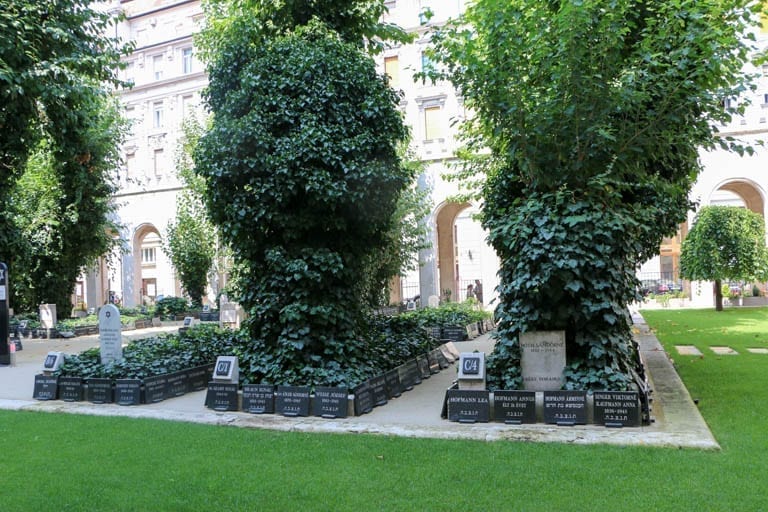
However, during the German occupation of Hungary, the Budapest ghetto enclosed the synagogue and, when the Russians liberated the ghetto in January 1945, 2,000 people who died of starvation and winter weather were hastily buried in a plot next to the synagogue. It is Hungary’s largest mass grave.
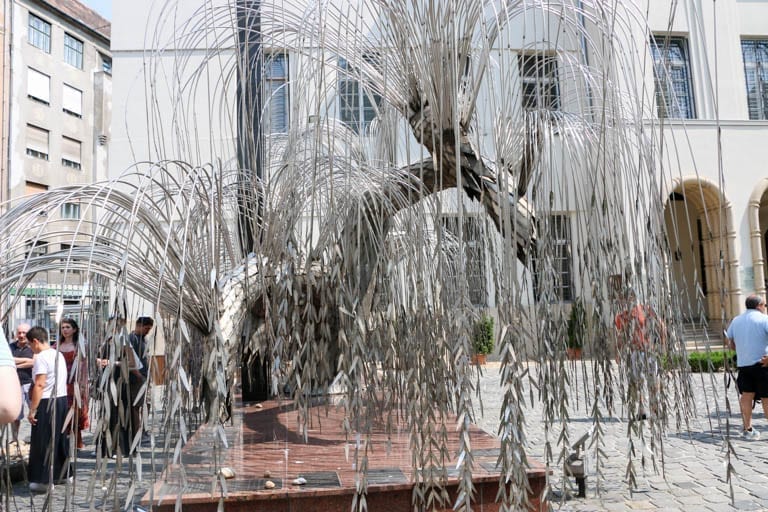
Sitting in the cemetery, I took it all in. The gravestones placed by families that were able to identify the bodies of their loved ones, the way a preserved piece of the original ghetto wall juts up against the cemetery, and the “Tree of Life,” a weeping willow sculpture with the names of those killed in the Holocaust inscribed on its leaves.
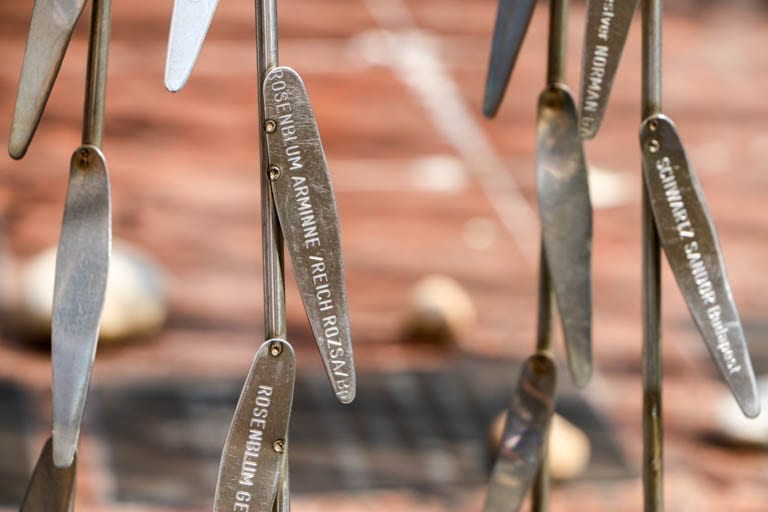
Fifth Stop and a Must-Stop in Budapest: The Bars (especially the Ruin Pubs)

The itinerary called for lots of history and lots of walking, but there was also plenty of room for a little light-hearted fun. I was told that Jeff visited the Tuk Tuk lounge, so I did the same and enjoyed the cocktails at the Thai-influenced lounge.
But my favorite tip from Jeff’s family was this one: You must visit the Ruin Pubs!
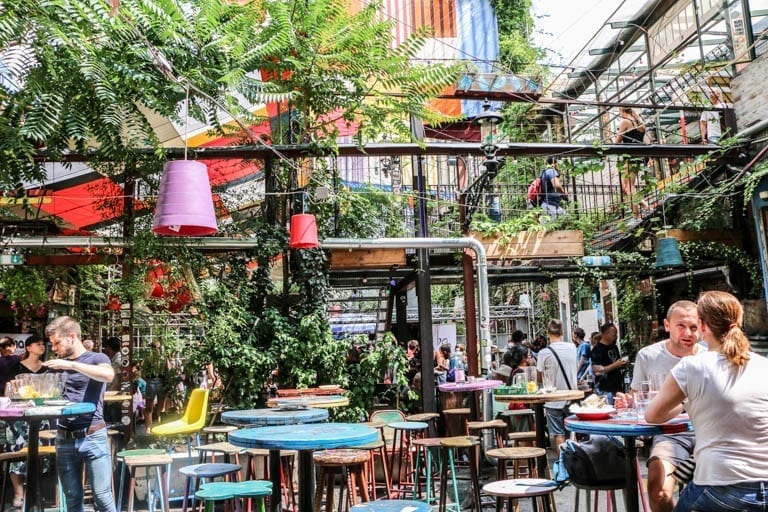
Ruin Pubs are built in Pest buildings that would otherwise be torn down and furnished with the tossed-away furniture of old cinemas and abandoned flats.
I went searching for a Ruin Pub combined with my favorite thing – a market. Szempla Kert is an old factory converted into an open-air cinema and pub and, on Sundays, the whole place is taken over by the lively sounds of bartering as vendors sell fresh fruits, cheese, and truffle oils.
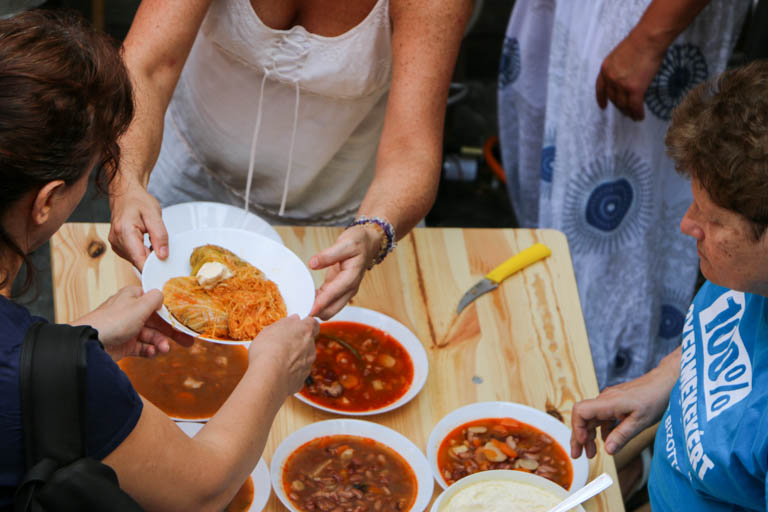
These familiar market sounds are all the more enticing in a place that looks like it might topple in on itself at any point from the weight of so many decorative items and plants balanced and growing in every which way.
The tabletops are sometimes striped in purple and white, sometimes solid blue, all with mismatched stools. Large flags drape between two piped walkways and, upon closer inspection, the flags are made up of other flags.
The backs of ornate, brightly colored chairs are used to decorate everything, they are set atop handrails, they hang from ceilings, they topple sideways above shrubbery-covered overhangs. A horn player jams next to a Goulash stand beneath lights made up of upside-down, multi-colored trash cans.
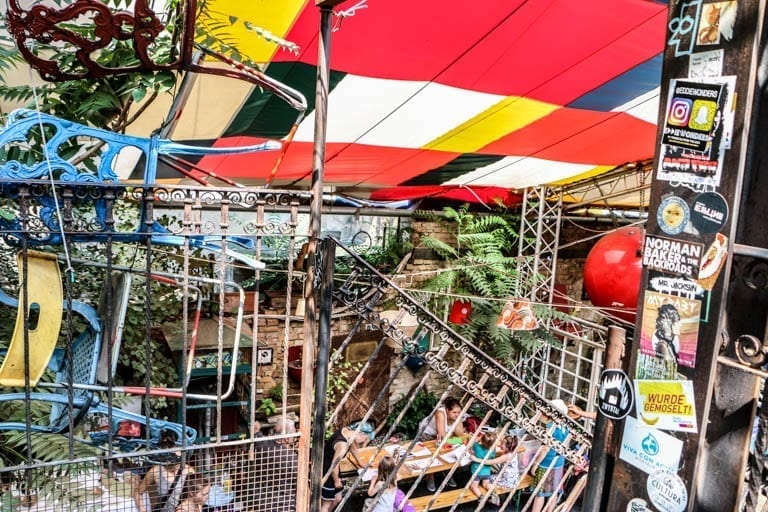
It is the best market that I’ve seen. (So far!)
Last Stop on this Walking Tour of Budapest: The Children’s Railway
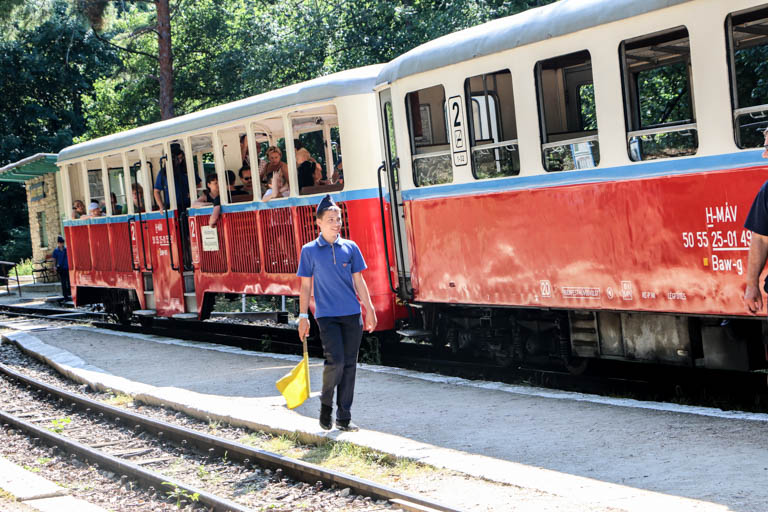
This is where we are going to take a bit of public transportation (but still lots of walking!)
The Children’s Railway is a small rail service that covers the Buda Hills and – as the name implies – schoolchildren fill various roles around and onboard the trains.
I was warned that Jeff and his family had a very difficult time finding the Railway, so I set out prepared with specific directions. I took a tram to the Cogwheel Rail but got a bit nervous when the Cogwheel Rail turned out to be in a seemingly abandoned station with a red railcar angled straight up a hill.
After about 20 minutes, people suddenly appeared and bordered the railcar, and we headed straight up the hill. Then, out of nowhere, about four stops before the top of the hill, everyone got off the train.
Note to self: When everyone gets off the train, it’s best to follow.
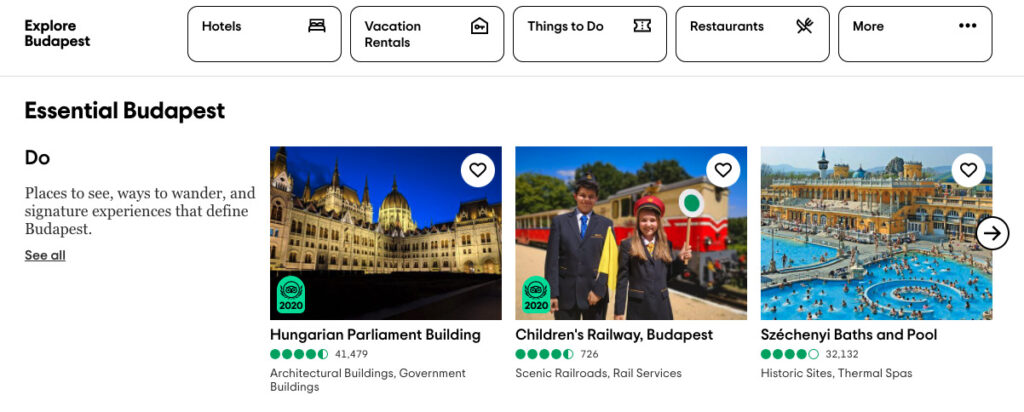
I stayed behind and ended up back at the bottom of the hill. I was told to take the cogwheel back to the stop where everyone got off and then find the bus. I did this, but my bus stopped after two stops.
I got off, took another bus, did some quick work on Google Translator, abandoned my plan to make it to the top of the hill, and hopped off at a stop that claimed to be the Gyermekvasút (Children’s Railway).
There was nothing there but a café. So, I sat down, ordered a beer and, after cooling off from both heat and frustration, I asked the server.
It took some time in my broken Hungarian and his broken English, but finally, he just pointed to the trees in front of me. Sure enough, just beyond the trees, a little red train rolled by.
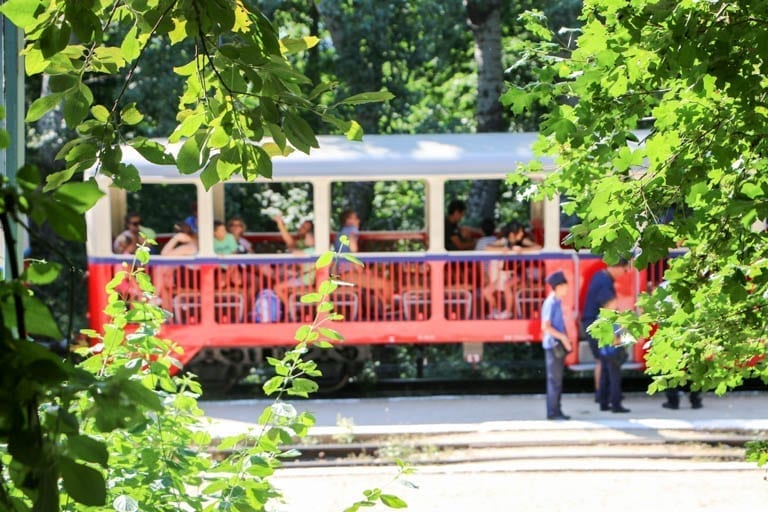
I walked along the tracks until I found the little station. Once aboard, sure enough, a couple of children took my money. I rode the train a couple of stops until János-hegy (János Hill) and the highest point in Budapest.
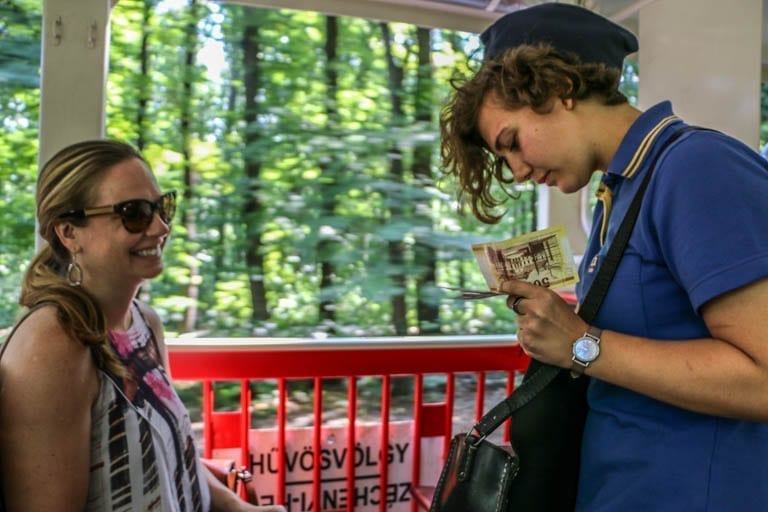
Getting hopelessly lost generally ends in great reward and that was certainly true this time. I rode the chair lift down and enjoyed the views – and the breeze!
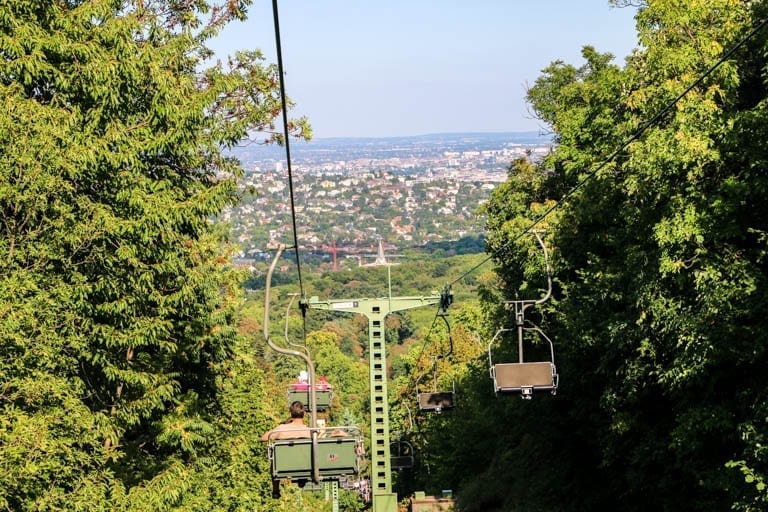
I’m so very grateful that Jeff had a chance to see all of these things. I can almost hear his laughter and feel his delight at every stop.
If you’re hungry, my friends at Carpe Diem Eire have a comprehensive post about all of the things that you must eat while in Budapest right here.
About the Author
Hi! I’m Jen!
I’m a freelance writer and travel blogger who quit my nine-to-five after my fiancé, Jeff, died of cancer at the age of 40. When he died, I realized that life is just too short to delay our dreams. Since my dream was to travel and write, I now travel and write full-time. Today I wear hiking boots instead of heels and collect experiences instead of things.

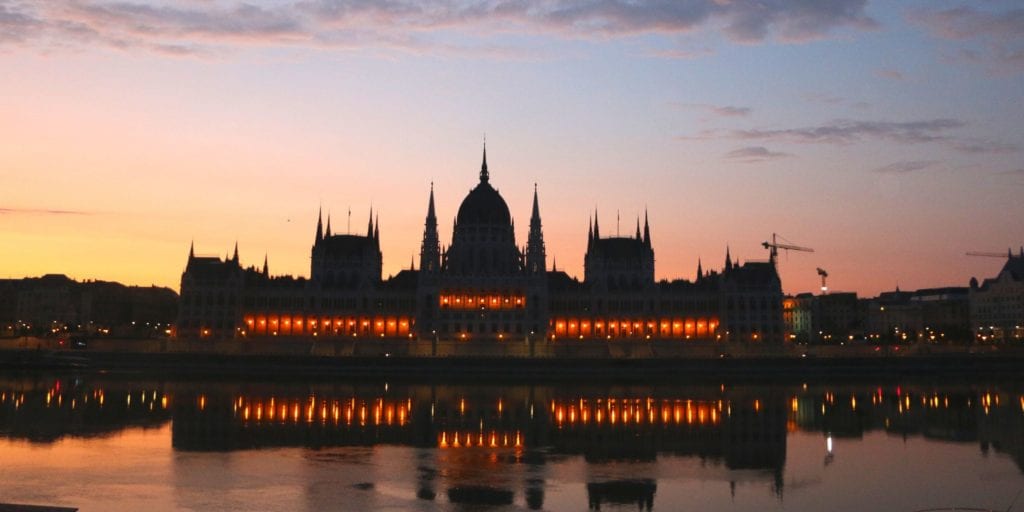


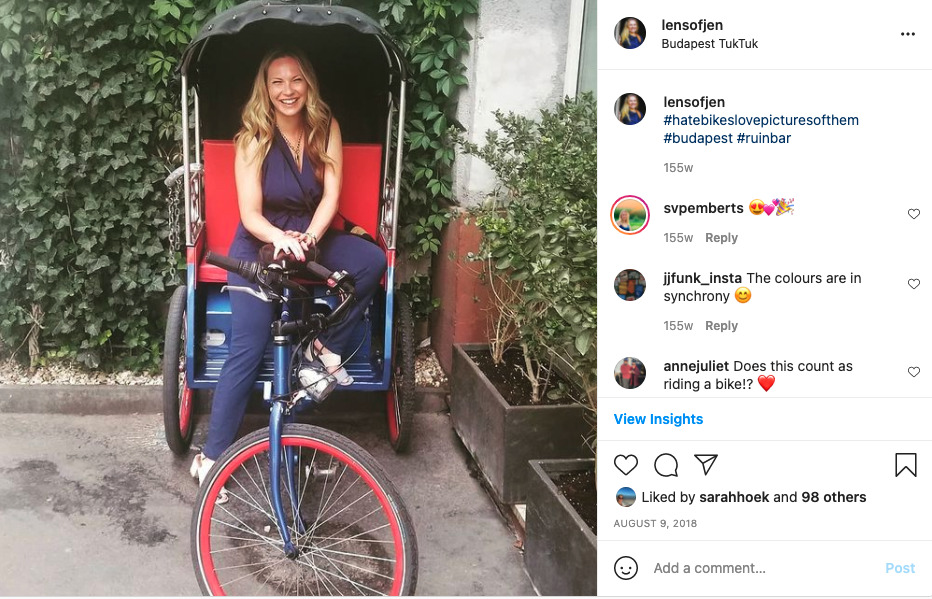


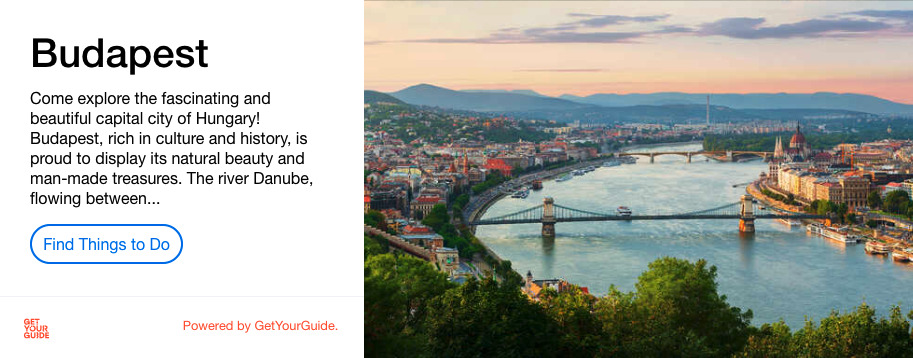
Lovely way to remember Jeff. This is a really great walking route and it’s amazing how much you get to see.
Thank you for “walking with me”!
This was so beautiful! I would love to visit Budapest one day. I know some really good friends who are from there.
Best part of traveling is reconnecting with those old friends who never expected you to pop up! (And making the new ones, too.)
What a beautiful way to remember Jeff. Looks like some amazing spots along the way.
Thank you for walking in Jeff’s footsteps with me!
My heart is with you Jen. All I’ve read is this one post and already you feel like one of the strongest people I’ve ever known. Thank you for sharing this very personal experience with the world. ❤️❤️
Thank you so much for reading Shafinah. And for your kind words.
What a beautiful way to see Budapest and remember Jeff. There are some beautiful, and heavy things to see. I hope to make it there someday!
Beautiful and heavy. A perfect way to describe this Budapest walking tour. Thank you for walking in Jeff’s footsteps!
This is lovely Jen. I really enjoy reading your blogs.